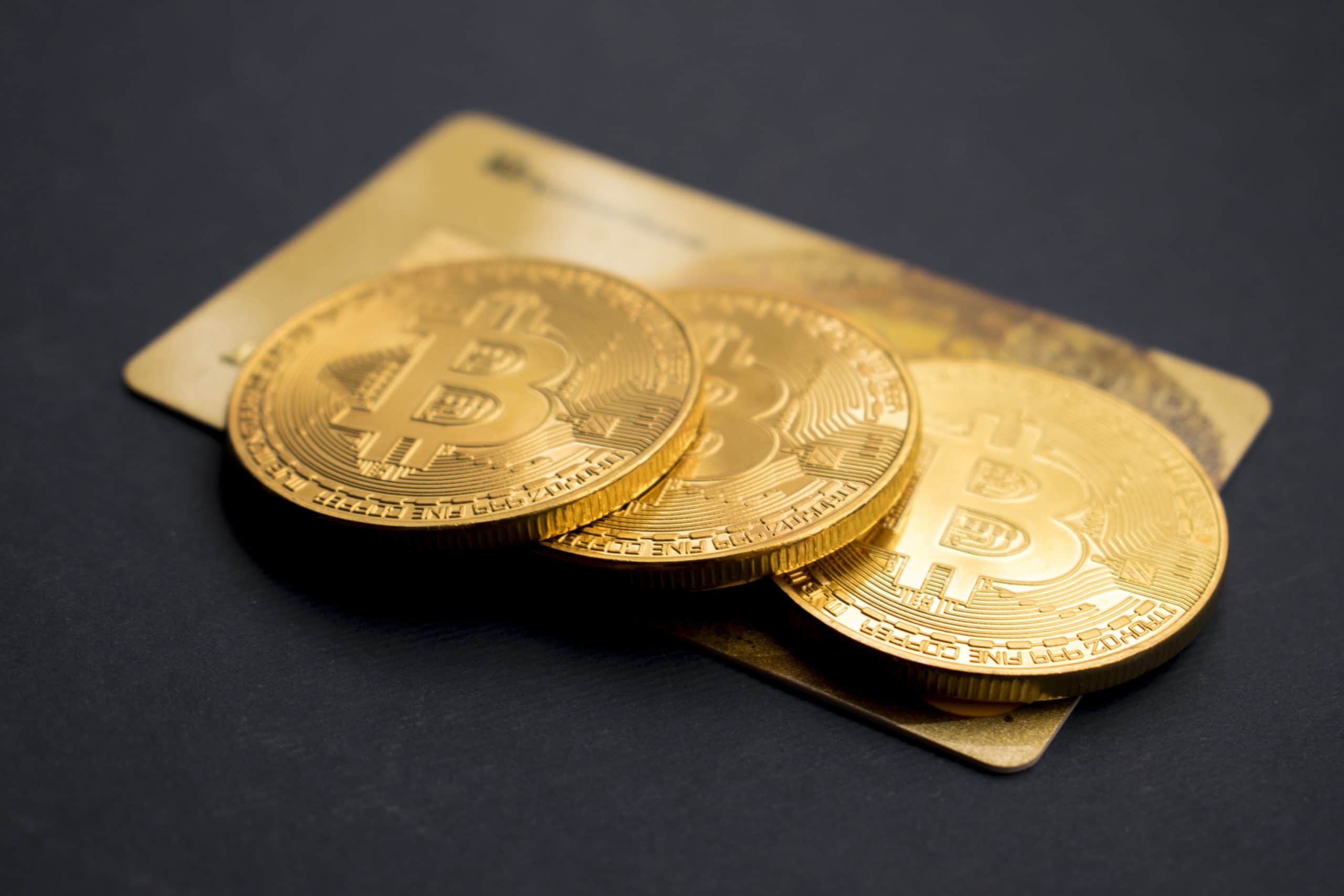
The cryptocurrency market is growing rapidly, with the largest cryptos in particular having spent much of the summer and fall rallying. According to an article on CoinDesk, the crypto market cap has surged to a record $2.7 trillion, tripling the $770 billion cap from the beginning of the year. Bitcoin (BTC) recently reached a fresh all-time high of $66,000, while Ethereum (ETH) climbed to a five-month high of more than $4,200.
All of this is leading corporations of all kinds to invest in cryptocurrencies on the simple grounds that the cryptos have outperformed traditional assets and varying indices. In our article ‘The Ultimate Beginner’s Guide to Investing and Trading Bitcoin and Cryptocurrencies’, we discussed how investing in cryptocurrency can lead to significant gains.
But how does investing in crypto actually compare with traditional assets?
Crypto vs. Stocks
Both cryptocurrencies and stocks have good and bad days. For instance, as of the writing the European stock market is facing weak trading over Asia-Pacific jitters. The pan-European Stoxx 700 recently closed just below the flatline due to concerns over the Chinese property sector. These are specific examples that have affected markets of late. But more generally, market volatility, government regulations, and other sources of uncertainty can regularly lead to losses for even the most experienced and careful investors. That said, stocks also come with a long history that makes it easier for investors to recognize trends and predict future movements. Stock markets are also well regulated and widely traded, which further sets them apart from decentralized cryptocurrency assets. However, the crypto market is catching up as its capitalization increases and also regulation will be put in place. The proposed MiCA (Markets in Crypto Assets) framework of the EU is a recent example.
Crypto vs. Bonds
A bond is a loan from an individual to a company or a government. When an investor buys a bond, the entity that sold the bond is in debt to that person. For a certain period of time, the investor will get interest (like say 3% p.a.) on the amount lent out, and eventually he or she will receive the entire amount in return. The only major risk with bonds is that an investor won’t receive any interest payments (or even the principal amount) if the borrower goes bankrupt or defaults for any other reason. Additionally, bonds can fail to generate returns that keep pace with inflation. The value of issued bonds often erodes when inflation rises. By contrast, cryptocurrencies are untethered to wider economic disruptions, and cannot be affected by any entity’s failure to maintain a deal – except that hackers might steal crypto left on an exchange. But in fact, crypto tends to profit from rising inflation as it is regarded a hedge against inflation. And moving your crypto to your own wallet will keep you safe.
Crypto vs. Forex
Foreign exchange of global currencies (or forex) offers unmatched liquidity compared to crypto, or any other market for that matter. But value in this particular market stems from the economic conditions and fluctuations of the countries behind the currencies. This is why investors pay close attention to the changes in major currency pairs during times of high volatility. The trade volatility charts on FXCM depict what this sort of tracking looks like. They essentially depict bid and ask prices for major pairs such as the EUR/USD and USD/GBP, but do so in such a way as to highlight the pairs exhibiting the most movement. While this is a helpful way to visualize and trade forex though, the need for volatility tracking highlights a key difference between forex and cryptocurrency in and of itself. Forex traders need to seek out volatility if they’re to find much short-term potential for gains; crypto markets are extraordinarily volatile nearly all the time. That makes them less stable, but also means it’s easier for investors to spot potential opportunities for swift earnings.
Crypto vs. Gold
Based on a recent gold market report from Reuters, gold prices have extended gains of late due to a softer dollar. With U.S. treasury yields pushing higher over inflation concerns, gold trading has remained in a range between $1,720 and $1,820 — making it a stable, liquid investment choice. These kinds of conditions are behind the “safe-haven asset” label that is often applied to gold. Some have begun to assign this label to cryptocurrencies as well, largely on the grounds that it they provide a “haven” during times of spurring inflation like we have been observing in fall 2021. Generally speaking though, crypto is far more volatile. The other key difference, meanwhile, is that gold is subject to import taxes and is far less portable. Investors need to spend more money protecting stashes of physical gold (even if only indirectly) than securing crypto wallets.
Conclusion
Overall, investing in crypto depends on your risk tolerance and portfolio objectives. If you want to diversify away from traditional investments, digital money is a good choice because it isn’t tied to a specific fiat currency, country, or financial market. That said, like any investable asset, cryptos still come with risks that need to be managed carefully. Timing the crypto market’s major ups and downs is key. This is where CryptoCaptain can help you.

